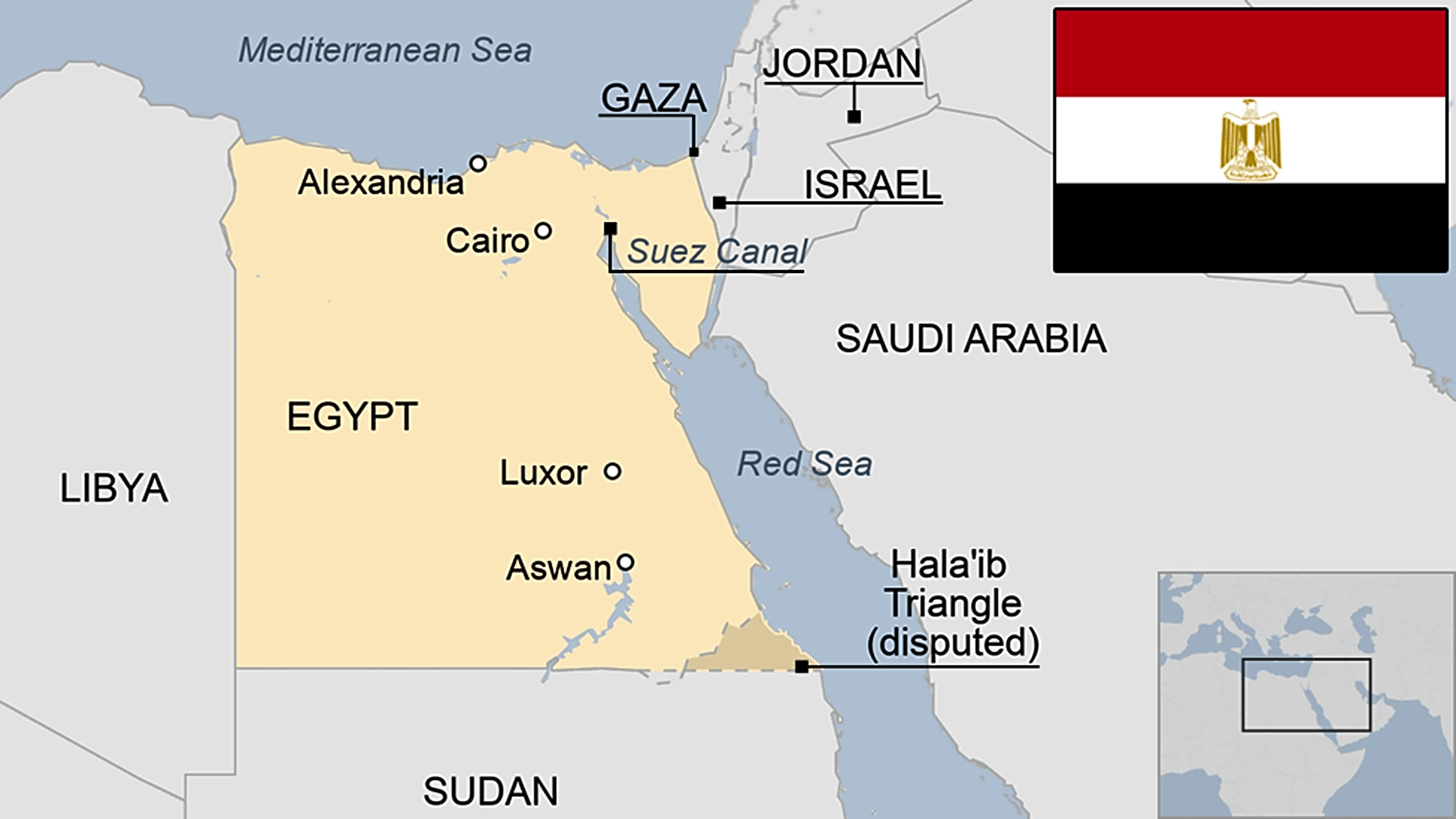Summarized by AI Model:facebook/bart-large-cnn
The "Driving Digital Transformation of the Economy in Kenya" report was put together by the Global System for Mobile Communications Association (GSMA) and its partners. The report estimates that by 2028, the digital economy will add 662 billion Kenyan shillings, or roughly 5.13 billion US dollars, to the nation's GDP.According to a research released Tuesday in Nairobi, the capital of Kenya, the country’s digital economy will continue to grow in the near future because to rising capital flows, youth-led innovations, and policy and regulatory incentives.
The “Driving Digital Transformation of the Economy in Kenya” report, which was put together by the Global System for Mobile Communications Association (GSMA) and its partners, estimates that by 2028, the digital economy will add 662 billion Kenyan shillings, or roughly 5.13 billion US dollars, to the nation’s GDP.
Margaret Ndung’u, cabinet secretary for the Ministry of Information, Communications, and the Digital Economy, stated during the report’s launch that digitisation is essential for long-term growth, job creation, high-quality service delivery, and increased exchequer revenue.
Ndung’u claims that by bringing the hitherto unbanked populace into the fold, Kenya has become a regional leader in mobile connection and mobile financial services, propelling economic growth. The government has expedited farm value chains and revenue collection by utilising digital tools, she continued, while simultaneously delivering vital services like health and education.
According to the analysis, digitalisation may boost tax collections by $1.16 billion and provide 300,000 employment to Kenya’s economy, assisting the nation in achieving its growth and transformation goals. According to David Mugonyi, director general of the Communications Authority of Kenya, which oversees the information and communications technology (ICT) sector, the adoption of laws and policies that promote the sector has allowed it to expand quickly.
Kenya had an estimated 68.9 million mobile customers at the end of June, which translates to a mobile penetration rate of 133.7 percent. At the same time, 39.8 million people had mobile money subscriptions, which translates to a penetration rate of 77.3 percent. According to Mugonyi, 66.1 million mobile devices were linked to mobile networks during that time, which translates to a penetration rate of 128.3 percent. The penetration rates for feature phones and smartphones were 59.9 and 68.3 percent, respectively.
According to Mugonyi, the government and business partners have partnered to address the dual issues of the skills gap and device affordability in order to maintain the expansion of the digital economy. “Kenya needs a bold policy shift along with investments in supportive infrastructure in order to fully reap the benefits of the digital economy,” said Angela Wamola, head of sub-Saharan Africa at the GSMA.


